Our Equalities Objectives
The Equality Act 2010 applies to all public bodies and any private and voluntary bodies carrying out public functions. The act places a legal duty on Ashford Borough Council’s staff and councillors, when carrying out their duties and functions, to give due regard to equality issues, and specifically to:
- Remove or minimise disadvantages suffered by people due to their protected characteristic(s)
- Take steps to meet the needs of people from protected groups where these are different from the needs of other people
- Encourage people from protected groups to participate in public life or in other activities where their participation is disproportionately low
The duty covers people with the following protected characteristics:
- Age
- Race
- Disability
- Sexual orientation
- Religion or belief
- Sex (previously referred to as gender)
- Gender reassignment
- Pregnancy and maternity
The eliminating discrimination aim also covers marriage and civil partnership.
The legislation of the Equalities Act can be found on the government legislation website. Further information on the act can be found on the Home Office website.
Ashford Borough Council's equalities objectives and meeting the public sector equalities duty
As a public sector body, Ashford Borough Council must also comply with specific duties under the Equalities Act 2010.
The council must publish, annually, information it holds for people with protected characteristics who are either council employees or residents affected by the council's services or policies. This information can be found on our equalities information page.
The council must also publish at least one objective to focus its effort in tackling inequality and disadvantage.
The Equalities Objectives were due to be reviewed concurrently with the Corporate Plan, in accordance with the legal requirement for public authorities to set at least one equality objective every four years to help focus attention on priority equality issues.
With the introduction of a new Corporate Plan paused to take stock of the impact of the coronavirus pandemic, this Recovery Plan has been developed and our equalities objectives reviewed in light of the current circumstances. They will be kept under constant review and adapted accordingly.
The latest objectives are outlined below:
Objective 1: Improve our understanding of our diverse communities in all that we do
We will do this by:
- Improving the collection and analysis of quantitative and qualitative information to shape decision making (e.g. through use of analytical tools, data sources and performance measures).
- Disseminating our improved understanding of different characteristics within our communities to members and officers using tools such as the borough profile and training.
- Maintaining and strengthening community resilience (e.g. maintaining the good relations with our partners built through the Covid-19 response and working together to understand where we may need to target interventions).
- Developing a community action plan.
Objective 2: Encourage all residents to have a say in the decisions that affect them and get involved in their local communities
We will do this by:
- Further developing ways of engaging individuals and communities to ensure their voice is heard (e.g. virtual meetings, social media campaigns, petition scheme).
Objective 3: Deliver services and customer care to meet the needs of all our residents
We will do this by:
- Enabling those adversely impacted by Covid-19 to get the help they need.
- Ensuring we are not leaving people behind when adapting our practices to take account of social distancing (e.g. allowing carers, interpreters and children to attend appointments).
- Delivering digital transformation (e.g. new website that delivers our accessibility statement through embedded design principles).
- Including appropriate impact assessments in Cabinet reports and ensuring these are completed to a high standard (e.g. through regular reviews of draft Equality Impact Assessments).
Objective 4: Deliver organisational change to enable a more inclusive and diverse workforce
We will do this by:
- Organisational cultural change (e.g. mandatory equalities and diversity training).
- Remote working (e.g. review of HR policies, production of remote working guidance, recruitment and selection and employee engagement).






